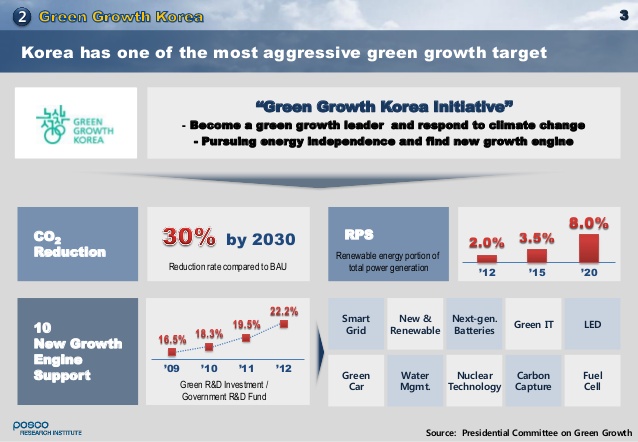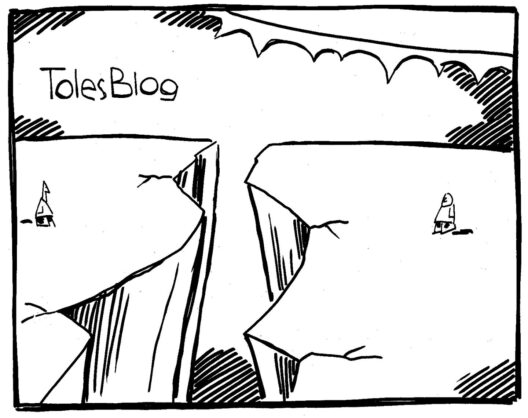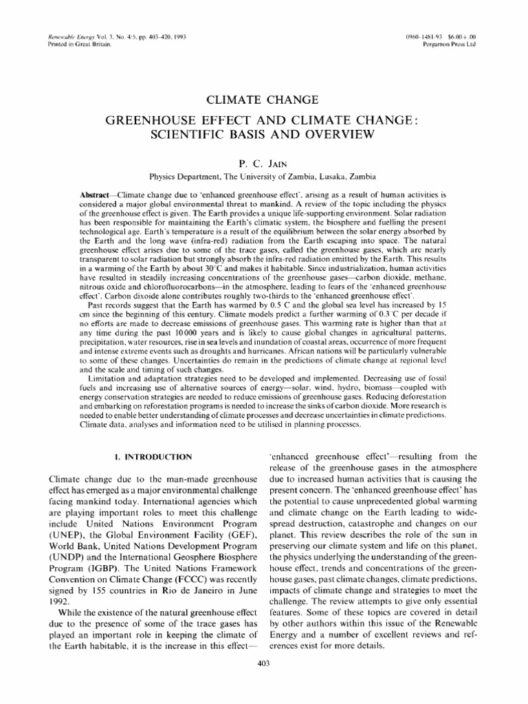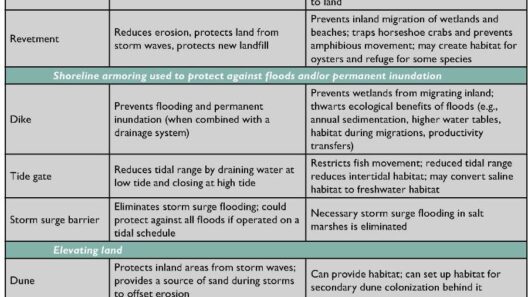The phenomenon of rising sea levels represents a compelling challenge that warrants immediate attention and action. As populations concentrate along coastlines, the implications of this environmental crisis become glaringly evident. By 2050, it is anticipated that vast areas of coastal regions will face inundation, displacing millions of individuals and wreaking havoc on ecosystems. Understanding how to combat rising sea levels is crucial for sustainable futures. A thorough exploration of mitigation strategies will illuminate paths toward resilience and adaptation.
The understanding of the mechanics behind rising sea levels is critical. Primarily, two factors contribute to this escalating crisis: thermal expansion due to global warming and the melting of polar ice caps. This intricate interplay of climatic events necessitates multifaceted responses that encompass both mitigation of greenhouse gas emissions and adaptation strategies. The following section delves into several important approaches to combat the rise of ocean levels.
Implementing Coastal Adaptation Strategies
Coastal adaptation involves reimagining coastal infrastructure to withstand the impacts of rising sea levels. Traditional approaches have relied upon the construction of sea walls and levees, but these methods only serve as temporary barriers against the relentless forces of nature. Innovative strategies are now being developed that focus on restoring natural ecosystems.
Wetland restoration is one effective adaptation strategy. Wetlands function as vital buffers against storm surges and flooding. They capture and store excess rainfall, significantly reducing the volume of water that reaches coastal areas. Additionally, mangroves and salt marshes absorb wave energy, thus mitigating erosion. Restoring these ecosystems not only acts as a shield against rising seas but also enriches biodiversity and enhances carbon sequestration.
In addition to wetland restoration, it is essential to explore managed retreat as a potential strategy. This controversial approach involves relocating communities and infrastructure away from vulnerable coastal zones. While it may appear drastic, proactive planning can save lives and reduce economic losses in the long term. Governments must engage in open dialogues with affected communities to develop equitable solutions that prioritize residents’ needs while ensuring sustainable, long-term land use.
Green Infrastructure and Urban Planning
Integrating green infrastructure into urban planning is another powerful tool in the arsenal against rising sea levels. This approach emphasizes the use of nature-based solutions to absorb stormwater and reduce flood risk. Green roofs, permeable pavements, and urban forests all contribute to diminishing runoff and increasing resilience in the face of heavy rainfall and storm events.
Moreover, enhancing urban landscapes with trees and vegetation not only helps mitigate flooding but also promotes mental well-being and boosts air quality. Cities can incorporate “living shorelines,” which utilize natural materials to protect against erosion while creating habitats for wildlife. Through intelligent urban planning, municipalities can better prepare their infrastructure for the inevitable impacts of climate change.
Community Engagement and Education
Addressing rising sea levels necessitates collaboration at all societal levels. Community engagement is pivotal in fostering collective action and ensuring that mitigation strategies resonate with local populations. Education plays a crucial role in this process, as increased awareness about the causes and consequences of rising sea levels encourages proactive behaviors.
Workshops, informational sessions, and hands-on activities can equip communities with the knowledge and skills necessary for adaptation. Grassroots initiatives often spur the most effective changes. By empowering local communities to lead mitigation efforts, there is a greater likelihood of sustained engagement and success.
Governments and organizations should also prioritize developing clear communication channels to disseminate information about risk and adaptation strategies. Promoting community-led solutions boosts local resilience, while ensuring that solutions reflect the unique challenges faced by each community.
International Cooperation and Policy Frameworks
Rising sea levels represent a global issue that transcends national borders, making international cooperation indispensable. Effective climate policy must prioritize collaboration, drawing upon best practices and resources from around the world. This involves aligning local and national climate action with international agreements like the Paris Agreement.
Strengthening policy frameworks is essential for fostering systemic change. Nations must commit to reducing carbon emissions and investing in research and development of innovative technologies aimed at combating climate change. Financial mechanisms, such as climate adaptation funds and insurance schemes, should be established to assist vulnerable nations and communities in implementing mitigation strategies.
Moreover, nations must share data, scientific research, and best practices to create a cohesive approach to combating rising sea levels. Establishing international partnerships helps build capacity and facilitates knowledge transfer, enabling communities worldwide to effectively respond to climate threats.
Conclusion: A Collective Responsibility
The fight against rising sea levels demands immediate action. No single strategy offers a panacea; instead, a combination of adaptation, green infrastructure, community engagement, and international cooperation is vital. Each stakeholder, from government policymakers to individual community members, plays a crucial role in confronting this pressing challenge. By thoughtfully investing in a variety of mitigation strategies, a resilient future can emerge. The stakes are high, but collective action can create enduring solutions that not only protect coastal communities but also preserve the planet for generations to come.








